Mr. Michael Kokalari, Director of Macroeconomic Analysis and Market Research Department (VinaCapital), said that there are very few countries in the world as suitable as Vietnam to produce the types of products that FDI enterprises are producing here.
 |
| Mr. Michael Kokalari, Director of Macroeconomic Analysis and Market Research Department (VinaCapital). |
How do you evaluate Vietnam as a destination for foreign direct investment (FDI) flows?
FDI inflows into Vietnam will remain strong in 2024 and there are clear signs that FDI will continue to flow into Vietnam for many years to come. In the first 9 months of 2024, realized FDI reached more than 17.3 billion USD, up 8.9% over the same period in 2023.
FDI inflows were also equivalent to 5% of GDP as last year and VinaCapital predicts that this level will continue to be maintained next year. Putting these figures in the context of FDI inflows into China peaking at around 5% of GDP, it can be seen that Vietnam regularly attracts FDI equivalent to the level China attracted during its peak period. FDI inflows into Vietnam once peaked at 8-9% of GDP.
Vietnam remains a major attraction for FDI because multinational companies are impressed by the quality of Vietnam’s labor force (wages are only half that of China) and Vietnam’s “bamboo diplomacy ” strategy, which ensures that multinational companies setting up factories in Vietnam can easily import key components from China and export finished products to the US and EU.
Is Vietnam at risk of losing its attractiveness in the near future, sir?
There have been some concerns that India could emerge as a major rival to Vietnam in attracting FDI. These concerns were heightened after Apple CEO Tim Cook visited India early last year and announced significant investments in the country. However, the majority of FDI in India is focused on manufacturing products for domestic consumption, not for export to the world . In Apple’s case, India does not produce enough iPhones to meet the needs of the rapidly growing domestic market, even after Apple and its suppliers have made additional investments in India.
Indonesia is another country that VinaCapital is frequently asked about FDI and whether it poses a threat to Vietnam’s position. We do not believe that Indonesia poses a risk. The recent boom in FDI flows into Indonesia has been driven by the government’s tightening of export controls on certain raw minerals (such as nickel) and instead forcing multinational companies to invest in processing facilities in Indonesia.
Indonesia’s passage of laws requiring domestic mineral processing, coupled with rising demand for metals for EV (electric vehicle) batteries, explains the recent spate of FDI into Indonesia. Many analysts have called Indonesia the “Saudi Arabia of EV metals,” as the country is rich in the minerals needed for EV batteries.
From analyzing the advantages and disadvantages of Vietnam's potential competitors in attracting FDI capital, it can be concluded that there are very few countries in the world as suitable as Vietnam to produce the types of products that FDI companies are producing here, such as high-tech products, smartphones, consumer electronics and other products assembled in Vietnam.
Therefore, VinaCapital predicts that investment will continue to flow into the production of such products in Vietnam for many years to come, regardless of whether the Vietnamese Government actively invites multinational investors or not, because Vietnam itself has attracted such investors.
How can Vietnam maintain its leading position in attracting FDI, sir?
There are a number of policies that the Vietnamese government can implement to make the country more attractive to foreign investors. For example, Vietnam’s new Direct Power Purchase Agreement (DPPA) scheme will attract more FDI, as foreign companies are increasingly interested in reducing carbon emissions, and the DPPA scheme allows FDI producers to directly purchase electricity from wind farms, solar power plants and other clean energy sources.
The Vietnamese government could also improve its business-friendly ranking by reducing the administrative burden on investment projects. For example, VinaCapital has suggested in the past that Vietnam should establish an “investment promotion agency (IPA)”, a similar strategy used in several other countries with which Vietnam competes for FDI.
Last but not least, the Government continues to spend 5-6% of GDP on infrastructure investment in the coming years to maintain Vietnam’s competitiveness in attracting FDI. We are particularly impressed by the rapid completion of the Quang Trach - Pho Noi power transmission line from the Central region to the North, which experienced power cuts last year. The rapid completion of this project within one year, instead of 2-3 years, is an indication that the Government is serious about this issue, which is also something that foreign investors are very interested in.
Source: https://baodautu.vn/viet-nam-van-la-diem-thu-hut-lon-voi-dong-von-fdi-d227171.html


![[Photo] Worshiping the Tuyet Son statue - a nearly 400-year-old treasure at Keo Pagoda](/_next/image?url=https%3A%2F%2Fvphoto.vietnam.vn%2Fthumb%2F1200x675%2Fvietnam%2Fresource%2FIMAGE%2F2025%2F12%2F02%2F1764679323086_ndo_br_tempimageomw0hi-4884-jpg.webp&w=3840&q=75)


![[Photo] Parade to celebrate the 50th anniversary of Laos' National Day](/_next/image?url=https%3A%2F%2Fvphoto.vietnam.vn%2Fthumb%2F1200x675%2Fvietnam%2Fresource%2FIMAGE%2F2025%2F12%2F02%2F1764691918289_ndo_br_0-jpg.webp&w=3840&q=75)




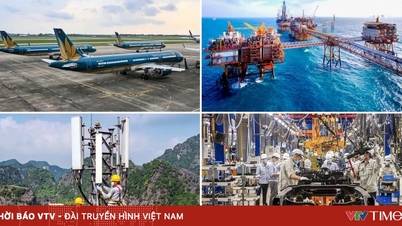

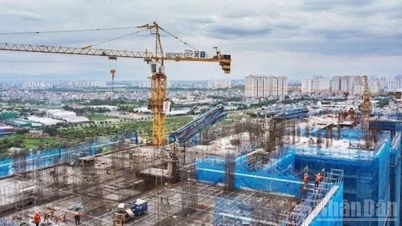



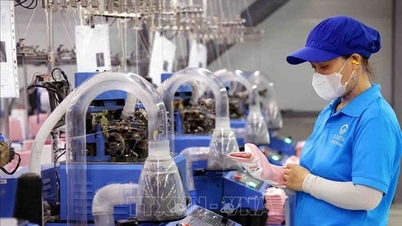

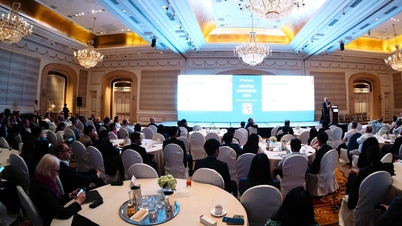




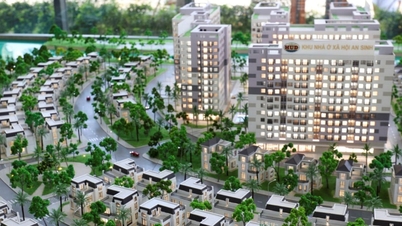


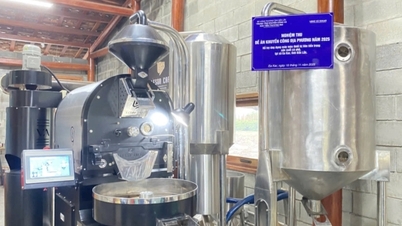








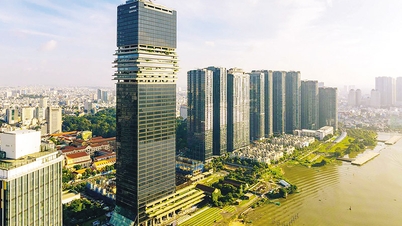
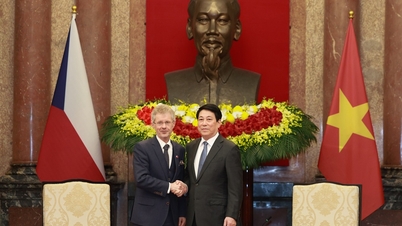







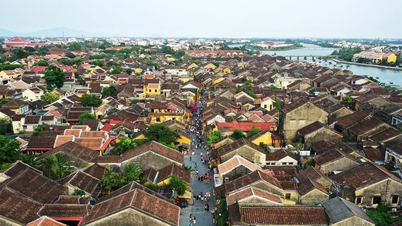



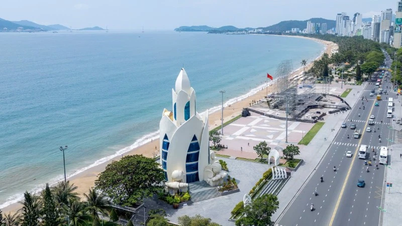
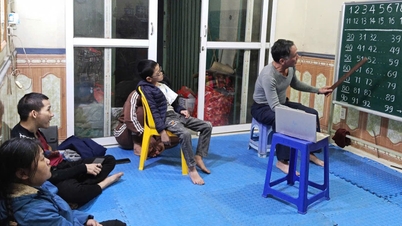






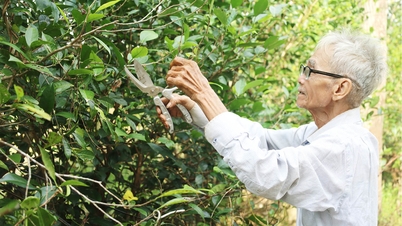

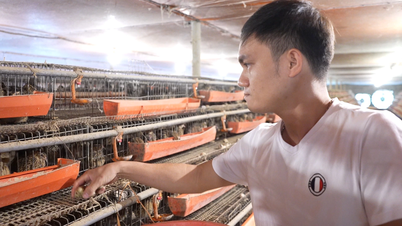


















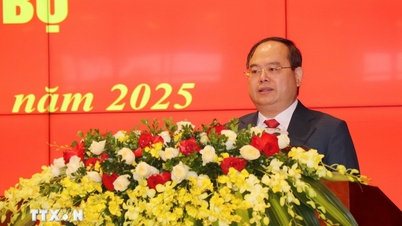
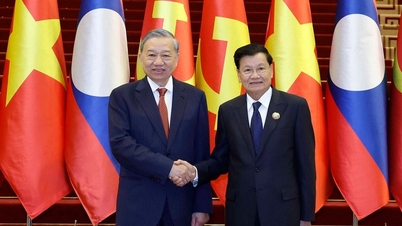

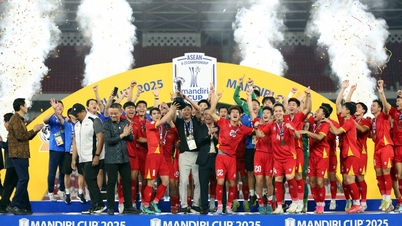


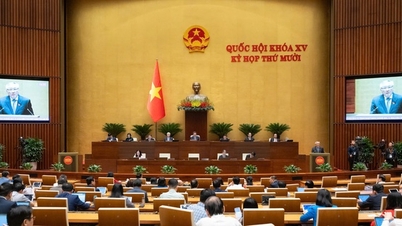


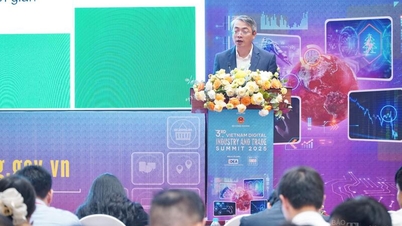
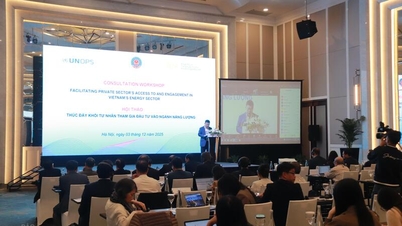

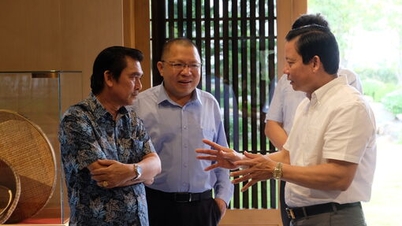
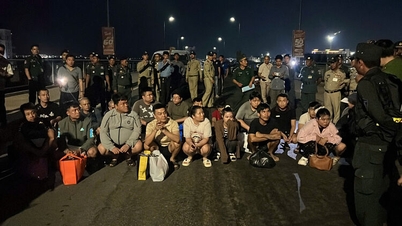
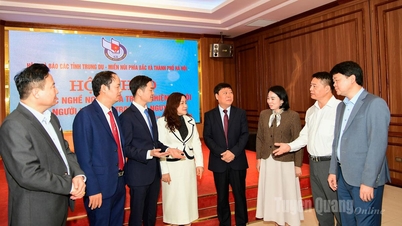
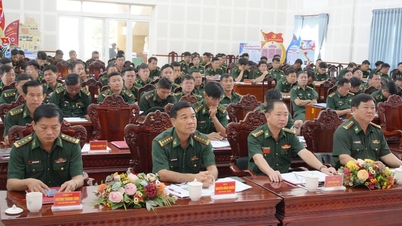
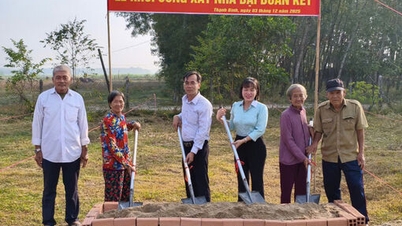















Comment (0)